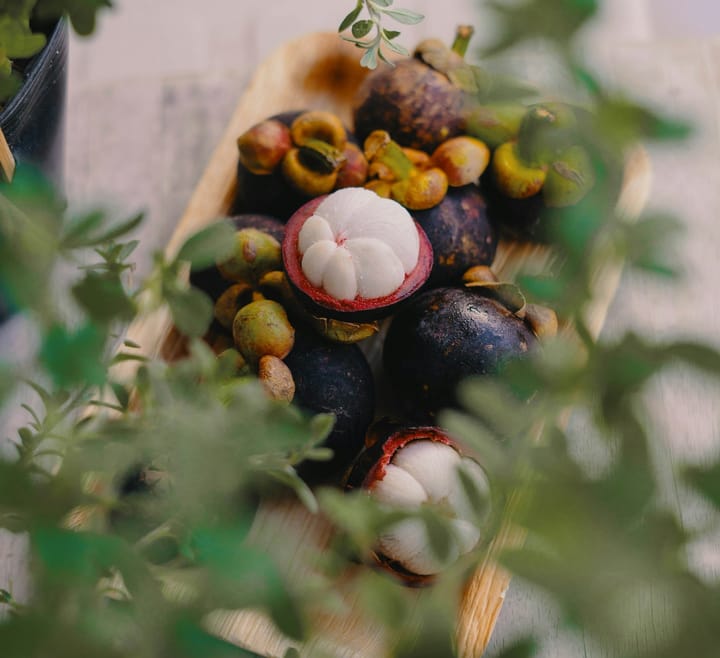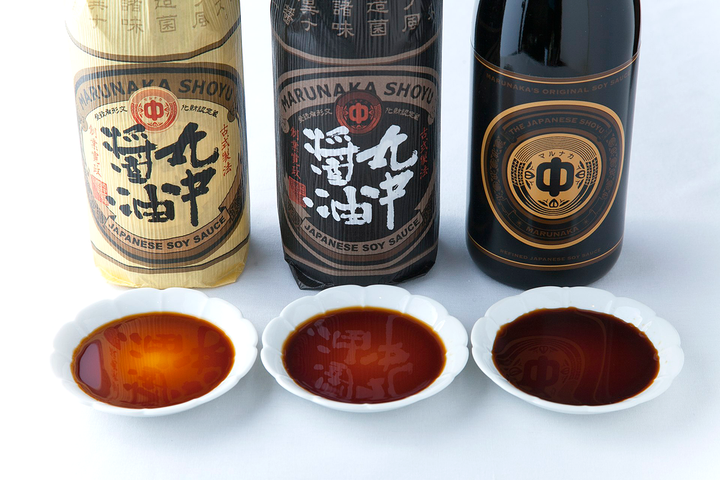Understanding the Stages of Bluefin Tuna: Meji, Chubou, and Maguro
Bluefin tuna, a culinary treasure, is celebrated in Japan under evolving names—Meji, Chubou, and Maguro—marking its unique growth stages and exquisite flavors.

Bluefin tuna, one of the most prized fish in the culinary world, is known for its exceptional flavor and versatility.
In Japanese culture, the fish takes on different names as it grows, reflecting its age, size, and unique characteristics.
These names—Meji (メジ), Chubou (中坊), and Maguro (マグロ)—highlight the distinct qualities of each stage in the fish's lifecycle.
Let’s dive into these stages and uncover some fascinating facts about this iconic species.
The Journey Begins: Meji
The bluefin tuna starts its life as Meji, referring to fish that are under a year old and weigh around 20 kilograms.
At this stage, the tuna has a distinct taste and aroma that sets it apart from older fish.
Unlike fully matured bluefin, Meji’s flesh has a color closer to skipjack tuna, leaning towards a lighter and less fatty profile.
- Why Meji Stands Out: The youthful nature of Meji gives it a delicate, clean flavor with a hint of sweetness, making it a favorite among sushi enthusiasts who appreciate its unique taste.
- Seasonal Catch: Meji is typically caught between May and early autumn when the fish is lean and considered at its peak for flavor.
- Fun Fact: The name "Meji" can also refer to its juvenile energy and relatively smaller size, making it easier to catch compared to older, larger bluefin tuna.
The Middle Stage: Chubou
As the bluefin tuna grows older, it transitions into the Chubou stage, typically between 2 to 5 years of age, weighing around 40 kilograms.
The term "Chubou" carries historical connotations—it was once used to describe young, low-ranking Buddhist monks who performed errands, implying that this stage of the tuna is neither fully matured nor as powerful as an adult.
- Taste and Texture: Chubou tuna features a lighter flesh color and a flavor that is less rich but refreshingly youthful. It provides a clean, straightforward taste of tuna without the depth of fattiness found in larger specimens.
- Culinary Use: In sushi, Chubou is often presented as a type of tuna distinct from both Meji and Maguro, valued for its mild, approachable flavor.
The Mighty Maguro
Once the tuna surpasses 50 kilograms, it earns the iconic name Maguro, synonymous with bluefin tuna in its prime.
Maguro can grow to astonishing sizes, with some individuals reaching up to 3 meters in length and weighing over 600 kilograms.
- Culinary Prestige: Maguro is the most sought-after stage of the bluefin tuna, known for its rich, fatty cuts like otoro (fatty belly) and chutoro (medium-fatty belly), which are considered delicacies.
- Record Breakers: Some exceptionally large bluefin tuna, weighing several hundred kilograms, are given the name Shibi. This term originates from the Japanese characters for "four days," referring to the time it takes for the fish to reach peak quality post-harvest.
Interesting Facts About Bluefin Tuna
- Super Swimmers: Bluefin tuna are known for their incredible speed and endurance. They can swim at speeds of up to 70 kilometers per hour and migrate thousands of kilometers across oceans.
- Warm-Blooded Marvels: Unlike most fish, bluefin tuna are warm-blooded, allowing them to thrive in colder waters and maintain muscle efficiency during their long migrations.
- Cultural Significance: In Japan, bluefin tuna is not just a fish but a symbol of luxury and culinary artistry. Auctions at Tokyo’s Toyosu Fish Market often feature record-breaking prices for the finest Maguro.
- Sustainability Concerns: The popularity of bluefin tuna has led to overfishing concerns. Efforts are now being made globally to ensure sustainable practices in catching and farming this species.
From Ocean to Table
Whether it’s the youthful vibrancy of Meji, the understated charm of Chubou, or the luxurious richness of Maguro, each stage of the bluefin tuna offers a unique culinary experience.
Understanding these stages not only deepens appreciation for this prized fish but also highlights the cultural significance and artistry involved in its preparation.


